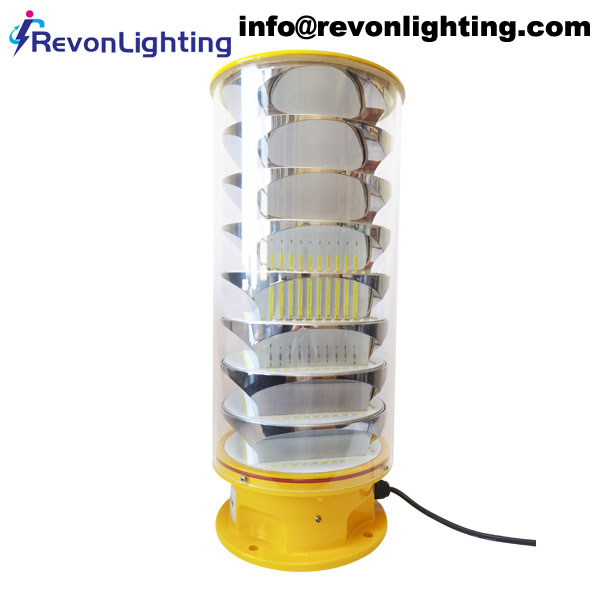High Intensity Obstruction Light: Ensuring Safety in Aviation
High intensity obstruction lights (HIOLs) are aviation safety devices used to warn pilots of tall structures and other obstacles. These lights are designed to emit bright, flashing signals that can be seen from great distances, making them essential for ensuring the safety of pilots and passengers.

If you are in need of an HIOL, there are several factors to consider. First, it is important to determine the type of structure you will be lighting. Different structures require different types of HIOLs, so it is important to choose the right one for your needs. Second, you should consider the height of the structure and the level of visibility required. This will help you determine the appropriate intensity and flash rate for your HIOL.
| High Intensity Obstruction Light | High Intensity Obstruction Lights |
There are two main types of HIOLs: xenon and LED. Xenon HIOLs emit a brilliant white light and have a broad beam spread, making them ideal for tall structures such as towers and chimneys. LED HIOLs, on the other hand, offer greater energy efficiency and longer life span, making them suitable for a wide range of applications.
When selecting an HIOL, it is important to ensure that it meets all relevant safety standards and regulations. This includes compliance with FAA (Federal Aviation Administration) regulations for height, brightness, and flash rate. It is also important to consider the environmental impact of your choice, particularly if you are using an LED HIOL which may contain hazardous materials.
In conclusion, HIOLs play a critical role in ensuring the safety of aviation by warning pilots of potential hazards. When selecting an HIOL, it is important to consider the type of structure, height, and required visibility, as well as compliance with safety standards and regulations. With the right HIOL in place, you can rest assured that you are doing your part to promote safe and efficient aviation practices.